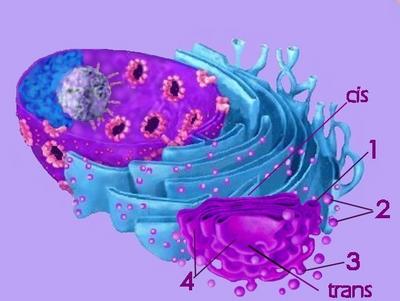active transport
Primary, or direct transport involves an energy expending conformational change in the membrane protein to transport a specific molecule or ion across the membrane. Secondary, or indirect transport utilizes energy directly to generate a transmembrane gradient down which ions move and then up or down which the coupled molecule or ion of interest is transported indirectly.
ATPases couple the hydrolysis of ATP (to ADP and Pi) with the transmembrane transport of ions against a concentration gradient. An example is Na+K+ ATPase, which pumps 3 Na+ ions out of the cell for 2 K+ ions it pumps into the cell. Because the pump moves ejects three Na+ for every two K+ moved inward, it generates a net electrical differential necessary for polarization. This electrical potential energy is essential for neuronal activity, and it supplies the energy needed for other types of transport such as symport and antiport. animation - Na K ATPase
Active transport of some substances against a concentration gradient employs the ATPase-derived energy stored in ion gradients, such as proton (H+) or sodium (Na+) gradients, to drive transporter membrane proteins. In a symport, the ATPase transported molecule and the coupled, co-transported ion move in the same direction. Conversely, the ATPase transported molecule and the coupled, co-transported ion move in the opposite direction in an antiport. animation - Na glucose symport
The Virtual Cell Textbook - Cell Biology : Main page of BioChemistry : Main page of Molecules : Main page of Pathways : Main page of Genes : Main page of Cell : Main page of Cell to Cell : Main page of Neuron: Main page of Brain:












